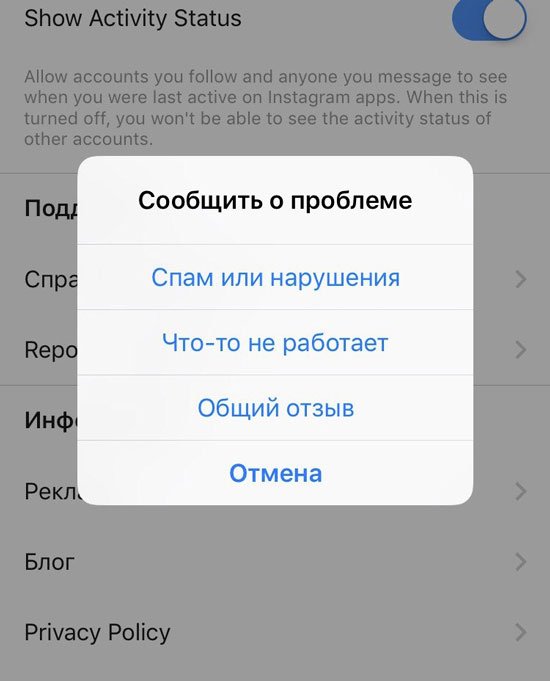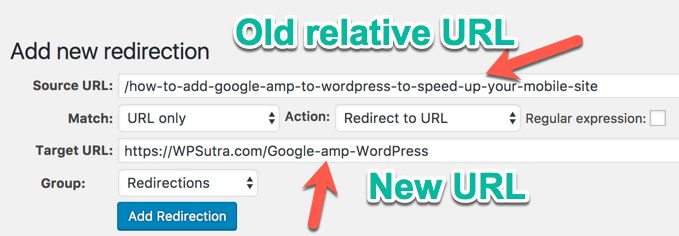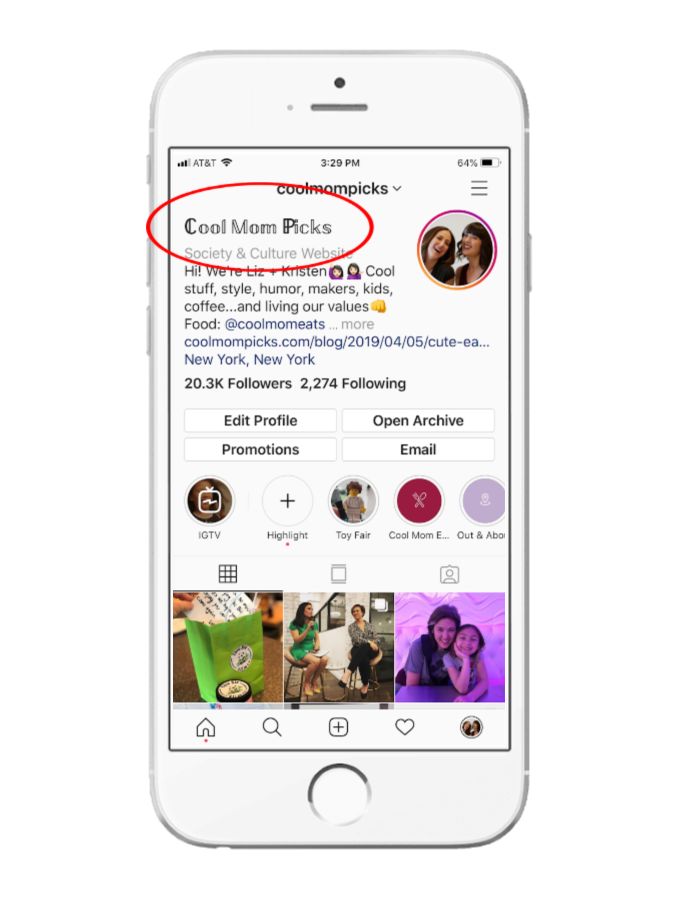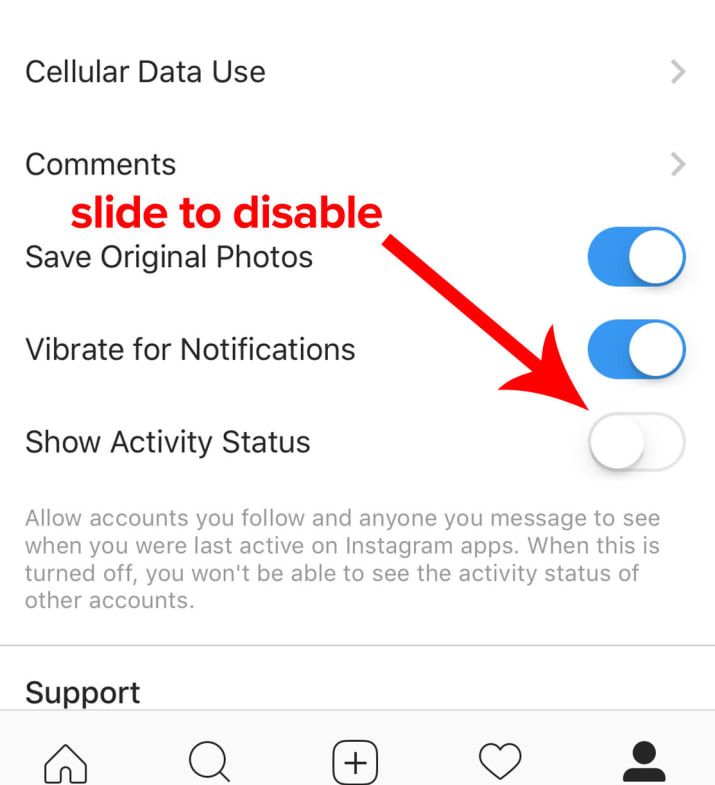How do you comment photos on facebook
How To Insert a Photo Into a Facebook Comment
In 2013, Facebook announced it had finally implemented a long-overdue feature that lets its users comment on posts using a photo. However, until now, not all Facebook users know how to insert a photo into a comment.
You will notice that the process of successfully adding a photo as a comment is entirely dependent on the platform you are using to access Facebook.
This article contains several methods on how you can insert a photo into a Facebook comment.
Table of Contents
- How To Post a Video or Photo in a Comment via the Facebook Website
- How To Post a Video or Photo in a Comment via the Facebook App
- How To Troubleshoot if Facebook Won’t Allow You To Insert Photos Into Comments
- Change the Photo Format
- Update Your Facebook App/Browser Plugin
- Technical Issues
- Unstable Internet Connection
- Conclusion
How To Post a Video or Photo in a Comment via the Facebook Website
If you are accessing Facebook’s official website via PC or phone and you want to add a photo or video to comment, follow the steps below:
- Confirm that you have the image you want to add to your file explorer.
Especially if you are using a PC.
- Log in to your Facebook account.
- Scroll to the post you want to add a comment on.
- Click on Comment at the bottom of the post.
- Tap the Camera icon located on the right side of the comment text.
- A prompt will appear asking you to choose between Take a photo or Photo library. Click on the option you prefer.
- If you choose the Photo library, your browser will direct you to your file explorer, where you can select a photo. Alternatively, if you decide to take a picture, your phone’s camera will open and allow you to take a photo.
- After selecting the desired photo or video, you can either add text to accompany the image or choose not to.
- Click Post.
How To Post a Video or Photo in a Comment via the Facebook App
Whether you are using an iOS or Android device, the steps below should guide you on how to insert a photo into a comment on the Facebook app.
- Open the Facebook app and log in if you haven’t already.
- Scroll and tap on the post you want to comment on.
- Tap on Comment, located at the bottom of the post.
- Click on the Camera icon on the right of the comment box.
- Choose between the two options: Take a photo or Choose a photo from the photo library.
- Please select the desired photo and wait for it to upload.
- Click Post or blue arrow icon.
How To Troubleshoot if Facebook Won’t Allow You To Insert Photos Into Comments
The Facebook feature that allows you to add images to photos is time-saving. However, assuming you can’t access the feature or keep getting the ‘Upload failed, please try again’ error message, here are a few ways to troubleshoot the issue.
Change the Photo Format
Facebook supports images in the following formats, JPG, BMP, PNG, GIF, and TIFF.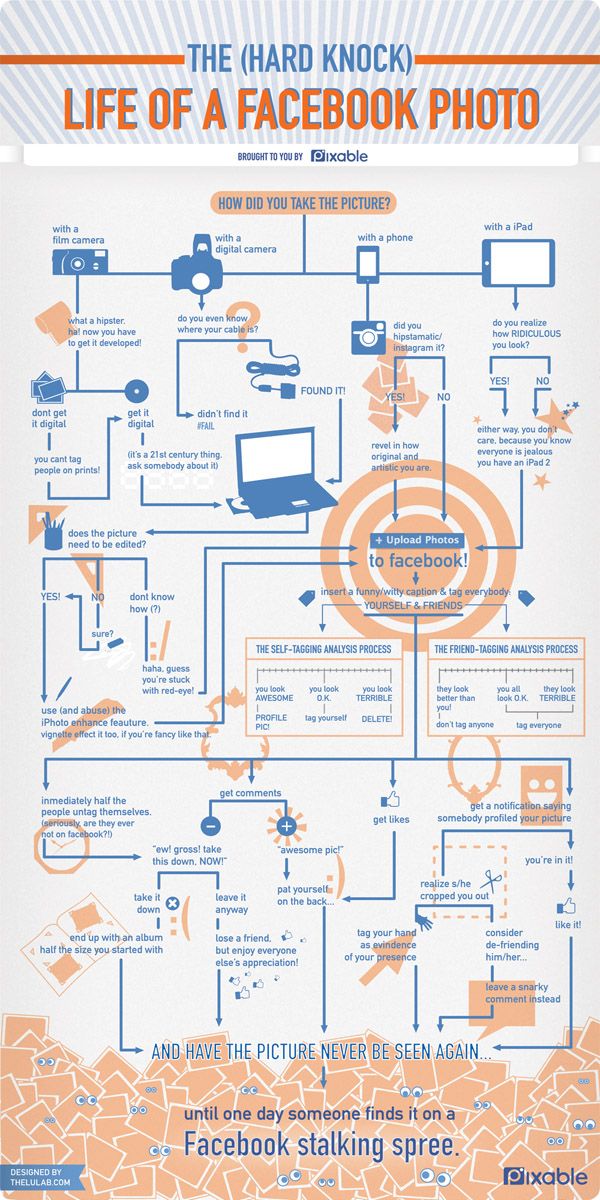 So, if your photo is in a different format than those mentioned, you will need to convert it before uploading.
So, if your photo is in a different format than those mentioned, you will need to convert it before uploading.
Additionally, ensure the photo is below 15MB. Assuming the picture has been heavily processed and can’t be uploaded, try uploading the original versions as some editing apps bump up the size of your images.
Update Your Facebook App/Browser Plugin
If you cannot insert a photo into a Facebook comment, chances are either your app version has bugs or is outdated. Either way, update your app or download the latest version of Facebook.
Technical Issues
The Facebook app can sometimes experience technical issues or be under scheduled maintenance, rendering most of its features unavailable. You can either give the app a few minutes before you try to insert a photo into a Facebook comment or use the website version and see if it’s working.
Unstable Internet Connection
If you can send text comments, but images are not uploading, your internet connection might be the issue. Uploading photos require faster internet speed compared to texts. For that reason, either switch to mobile data or move close to the router.
Uploading photos require faster internet speed compared to texts. For that reason, either switch to mobile data or move close to the router.
Conclusion
After reading and mastering the above guide, inserting a photo into a Facebook comment should not be an issue. If you’re unable to do so, then the troubleshooting solutions should be able to sort your problem. However, contact Facebook support for additional guidance if you still can’t insert a photo into a Facebook comment.
Photo comments on this page are not allowed
Home » Blog » Photo comments on this page are not allowed – How to solve the Facebook error
03/02/2022
As one of the leading social media marketing agencies in Dubai and India, we often help businesses to solve their problems on social media marketing. When we manage the social media pages for clients, we solve the problems ourselves even before the clients notice them.
We don’t mind extending our support to other businesses and individuals who are not our customers. We do get a lot of queries from companies on various problems they face on their social media accounts and here is one such problem that was asked by many clients:
When someone tries to post a comment with a photo or video on a Facebook page, the photo doesn’t get posted and they get the below error message:
“Photo comments on this page are not allowed.”
The error message and the solution looked very trivial to us but on a deeper look, we figured out there is no proper solution mentioned anywhere on the web for this problem. We found this same issue was asked by several people and even on the Facebook support forum, there is no proper solution given (I’m not surprised on this. Facebook is known for giving very poor support when their users face problems.). Many websites have given various solutions but almost all of them are not the right solution.
So, let’s come to the problem and solution.
If you are not able to add a photo to your comment on the Facebook page, how will you fix it?
Here is the reason – The admin of the page has disabled image posts on the Page.
Now, how do you fix this problem?
Even if you spend hours on Facebook settings looking for a settings that allows image posting in the comments, you won’t find one. In fact, there is no such settings that allow you to enable photos in comments.
So, how do you solve this?
Here is the solution. The settings is part of another configuration. All you have to do is, enable “Allow visitors to the Page to publish Posts“.
Steps to enable photos in the comments
1. Go to the Page. Make sure you have the Admin rights.
2. Click on “Settings” in the top right corner
3. Click on “General” in the left navigation
4. Click on “Edits” next to the “Visitor posts” setting on the right
5. Select “Allow visitors to the Page to publish Posts”
6. Enable “Allow photo and video posts”
7. You may want to enable “Review posts by other people before they are published to the Page” as well to avoid others abusing or spamming on your page.
You may want to enable “Review posts by other people before they are published to the Page” as well to avoid others abusing or spamming on your page.
Hope you are able to enable commenting with photos on your Facebook page with this approach.
If you require any help with social media marketing or digital marketing services like search engine optimisation, website development, content marketing etc, feel free to contact SpidrWorks. We will be happy to help you with any digital marketing services.
NOTE: Well, here is a fact – even when the members are not able to post comments with images, the Page itself can post images on the posts and even on the comments. To verify this, try posting a comment and include a photo. Make sure you have selected Posting as <Page name>.
57 tips for promoting yourself on Facebook*
Without cheating and cheating.
Alexander Marfitsin
former content director of Amplifer
Advice from independent social media and personal branding specialist Andrey Frolchenkov on content, finding a target audience, and building a community on FacebookProduct owned by an organization recognized as extremist in the Russian Federation. platform for promoting a personal brand. Unlike LinkedIn, FacebookProduct belongs to an organization recognized as extremist in the Russian Federation.
platform for promoting a personal brand. Unlike LinkedIn, FacebookProduct belongs to an organization recognized as extremist in the Russian Federation. you can broadcast to a wide audience, not just businessmen and top managers. It is better for small businesses and companies from the entertainment industries to promote on InstagramThe product belongs to an organization recognized as extremist in the Russian Federation. and native advertising. I'll tell you how to design a profile, find a target audience, create content, work with comments and collect a lot of likes and reposts for publications.
How to create a profile and find your target audience
How to create a business page on FacebookThe product belongs to an organization recognized as extremist in the Russian Federation. extremist on the territory of the Russian Federation: userpic, places of work, posts in the feed and mutual friends.
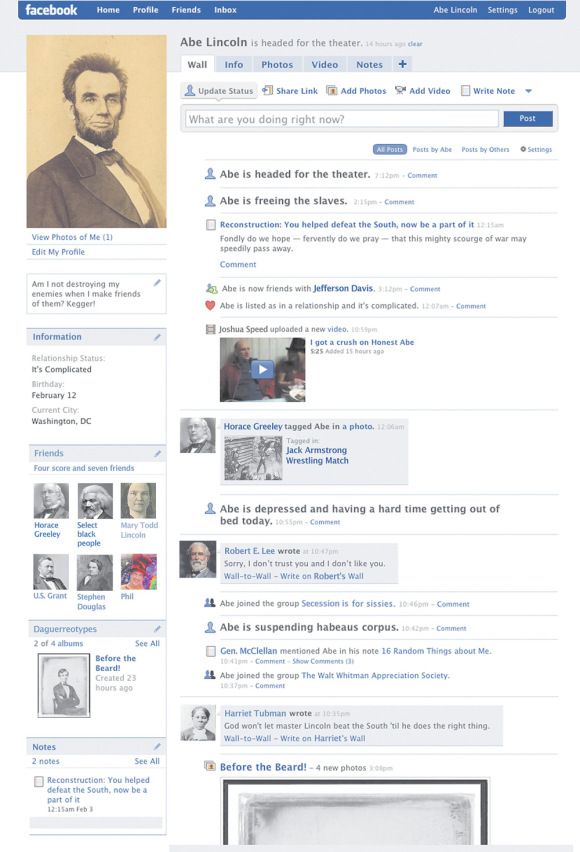 Therefore, arrange it as it should: select a userpic (this is the logo of your personal brand), add information about the place of work, write posts regularly, leave contact details - mail, phone, links to other social networks.
Therefore, arrange it as it should: select a userpic (this is the logo of your personal brand), add information about the place of work, write posts regularly, leave contact details - mail, phone, links to other social networks. 
What content and how to do
[facebook*]Join Amplifer via Facebook* to post cool content on a schedule and get recommendations on the best time to post[/facebook*]
How to get more likes and shares
How to write catchy content — 7 tips from Roman Kagana
- Use sarcasm and irony on the topic.
- Do not be afraid of self-irony. Add morality and advice, even if it's obvious.
- Be moderately bold and decisive. Nobody likes mumbles.
- Track newsbreaks and trends and respond to them as quickly as possible. Play situational marketer.
- Do not use tedious and long chews. Subscribers will get bored, and you will just waste your time.
- Don't try to please everyone and be perfect. Be yourself.
- Don't go to extremes. Do not divide the world into black and white.
 Think before you share a radical opinion.
Think before you share a radical opinion. - No need to make yourself an expert in everything. Speak up on your topic.
- Don't generalize or label. Then it may turn out that you were wrong, and you will find yourself in an awkward position.
- If you share expert opinion, then the post should be encyclopedic, fully revealing a specific issue based on your experience, but with broadly applicable value.
- Make manifestos: articulate a problem situation, call people to action according to given algorithms and rules.
- Just ask for a repost. Sometimes you can.
How to attract commenters and respond to comments
How to behave on Facebook The product belongs to an organization recognized as extremist in the Russian Federation. — recommendations of Amplifer CEO Nata Gadzhibalaev
- To attract opinion leaders, write posts specifically about them, after learning what they care about now. Please note that

- The post should be controversial, causing discussion. Be moderately categorical and harsh, speak moderately harshly.
- Talk about your problems and don't be afraid to ask other people for help and advice. People like to help each other.
- The tone of the comment must match the tone of the post. But beware of enthusiasm.
- Do not write with exclamation points: subscribers will think that you are hysterical.
- Don't use jargon, outdated slang, and "...Karl!" memes.
- Do not write comments to CAPSOM. People will think you are screaming.
Undesirable topics for discussion
- Religion;
- Politics;
- Minorities;
- Charity.
But: you can talk about these topics if you are an expert. Well, or if you specifically want to cause a resonance.
What to do if you are scandalous
- If you are a media personality and your project is known, then the development of a scandal cannot be avoided.
 Accept it.
Accept it. - But there is also good news: the scandal will help to gain additional publicity.
- Do not succumb to provocations, do not comment on the posts of those who are trying to promote themselves with their condemnation at your expense.
- After some time, write a thoughtful post without emotions, describe the situation in detail, do not make excuses or condemn.
- Let followers speak below the post. When the discussion is over, record those who wrote negative comments. Remember their names. Ho-ho.
How to use jargon and swear words
- Professional jargon is needed because it helps to shorten the text. But don't use jargon for the sake of jargon.
- Use the mat carefully and to the point, otherwise you will be considered an uncultured cattle.
- If you comment on someone else's swearing and write a review about this person's post, then don't forget to censor it at least a little bit, f*t.

- Cursing makes no sense. People pay attention to the form, not the content of the post. Do you need it?
Try Amplifer to get reports on all social networks, monitor metrics and organize joint work on a project
Share
* The activities of the Meta organization are recognized as extremist and banned on the territory of the Russian Federation
Why Facebook collects our data and how to deal with it
Since 2016, when Facebook was accused of manipulating the US elections, the social network has been regularly at the center of scandals. Understanding what actually happens with the data of users of the service
What happened
The 2016 Cambridge Analytics scandal in the United States dealt a huge blow to Facebook's reputation when it was accused of voter manipulation. Facebook CEO Mark Zuckerberg has repeatedly given explanations about this before the US Congress. In 2018, he appeared before members of the European Parliament to prove that his company had taken sufficient measures to prevent history from repeating itself.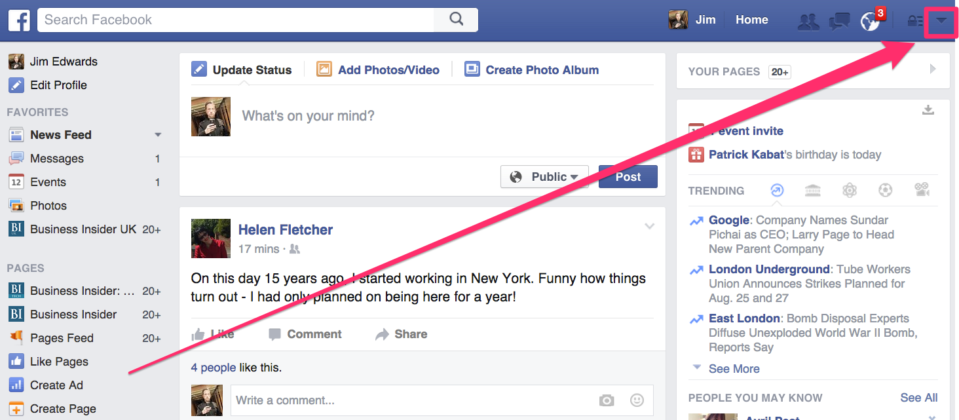 Facebook was fined $644,000 in the UK in 2019 and $5 billion in the US in 2020.
Facebook was fined $644,000 in the UK in 2019 and $5 billion in the US in 2020.
In July 2020, the heads of Facebook, Apple, Google and Amazon were questioned again in the US Congress. This time, corporations were accused of not only collecting user data, but also using it to squeeze competitors out of the market.
Highlights from Zuckerberg's Congressional speech
And just recently, The Ugly Truth: Inside Facebook's Battle for Dominance, by Shira Frenkel and Cecilia Kang, was published by The New York Times journalists. In it, the authors claim that 16,000 Facebook employees had access to personal data of users, and 52 of them were fired for using data for personal purposes, for example, to find a person by geolocation and read his correspondence in the messenger.
Similar abuses were reported back in 2015 by Alex Stamos, then head security officer at Facebook. He proposed restricting access to data for 5,000 employees and obliging everyone to submit formal requests for access to personal data.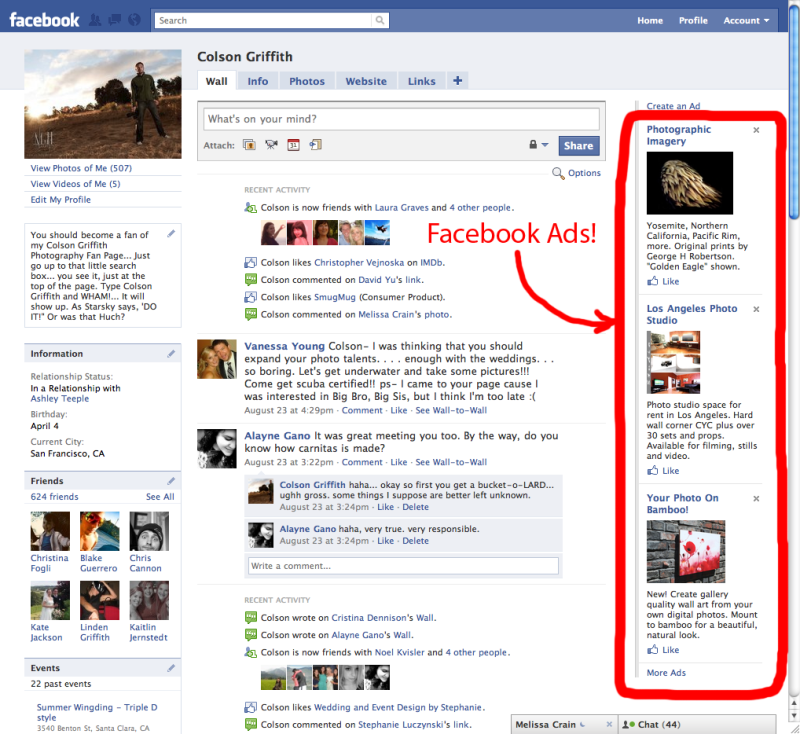 However, the company's management refused to do so.
However, the company's management refused to do so.
What data does Facebook collect and how does it use it?
Everything that Facebook has access to is listed in the appropriate section. Your personal data - first and last name, phone number, e-mail - are stored in encrypted form and cannot be transferred to anyone. However, all others are actively used:
- Geolocation - if you have given permission to use it in your phone.
- Content interaction data : which posts you like, share and comment on.
- Profile data, photo.
- Visits to external sites : their topics, time of visit and activity that you show there. This can be tracked through your browser or OS on your phone, even if you don’t use Facebook at all - it’s enough for one of your friends to link their contacts to their profile, including you.
- Messenger metadata : All Facebook, Instagram or WhatsApp conversations are end-to-end encrypted, but time, geolocation, media files and keywords can be tracked.

- Games : We are talking about built-in games on Facebook.
Using this data, you can create an impersonal user profile: where he lives and where he often goes, what establishments he visits, what topics he is interested in, what he searches for and orders on the Internet, and what kind of content he likes. So the social network understands which ads will work best for you. The more accurate the targeting, the more advertisers Facebook will attract and the more expensive it will be to advertise and promote posts. At the same time, Facebook itself explains such measures as protection: supposedly, all this information helps to catch bots and track suspicious activity, preventing profile hacks.
Is it true that social networks are eavesdropping on us?
No, they are not capable of that yet. Even if it seems to you that after talking about a vacation on the phone, you begin to see advertisements for tours everywhere, this is not so. Most likely, you are dealing with one of the cognitive distortions: when you just learned or discussed something important, and everywhere you stumble upon something related to this topic. In fact, you just started paying attention to these things because they are important to you.
Most likely, you are dealing with one of the cognitive distortions: when you just learned or discussed something important, and everywhere you stumble upon something related to this topic. In fact, you just started paying attention to these things because they are important to you.
As for Facebook, it does not recognize your speech, as voice assistants do. Firstly, this is a rather complicated and expensive technology that simply will not pay for itself in terms of targeted advertising. Secondly, there are simpler and more reliable tools that work perfectly within the law.
How do Facebook algorithms work?
The algorithms are constantly being updated, so we will describe how things stand as of summer 2021.
When you post, Facebook first shows it to a small number of your friends and followers. If they actively interact with it — like, comment and repost — the post appears in the feed of about 50 more people, and so on. The more actively they react to it, the more people it is shown - including those who are not following you.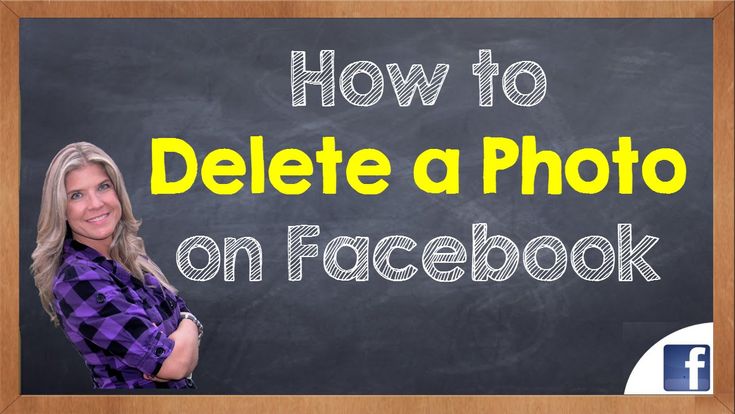 Facebook then analyzes what content you interact with the most and shows you posts with similar content first and then ads.
Facebook then analyzes what content you interact with the most and shows you posts with similar content first and then ads.
There are other criteria too: for example, posts with uploaded images and videos are shown more often, while posts with links to third-party sites and videos are shown much less frequently. Ads and posts that have been promoted are also shown in priority order. The main goal is to show you content that will keep you on the social network for as long as possible so that you see as many ads and sponsored posts as possible.
How Facebook algorithms work
The recommendation system itself consists of two parts: one tracks how and with what content you interact, while the second analyzes how certain content parameters affect the target variables. The components of these target variables are not detailed by Facebook, but they typically include the number of likes, clicks, and other ad interactions.
All these processes are ongoing: some algorithms are trained using machine learning, while others generate content based on the data received. Datasets for training are available to everyone - Facebook and Google are the largest developers of open platforms for machine learning. Facebook also has an open library called Prophet for predictive analytics — predicting user behavior based on collected data. However, specific algorithms and mechanisms for their learning (that is, how data is marked up in the process) are not disclosed.
Datasets for training are available to everyone - Facebook and Google are the largest developers of open platforms for machine learning. Facebook also has an open library called Prophet for predictive analytics — predicting user behavior based on collected data. However, specific algorithms and mechanisms for their learning (that is, how data is marked up in the process) are not disclosed.
Arthur Khachuyan, CEO of Tazeros Global Systems, a company that collects and analyzes data for commercial purposes, explains: “After buying WhatsApp and Instagram, Facebook naturally got more data and algorithms became more accurate. And this is absolutely normal when a large IT corporation develops its ecosystem. This is how Yandex, Sberbank and many other companies work for us.”
Apple vs Facebook: The Battle for Data
At a recent online cybersecurity conference, Apple co-founder Steve Wozniak urged Google and Facebook not to share users' personal data with third parties. He noted that Apple uses a paid subscription to monetize its services, and this allows it not to make money by selling data to advertisers. The current head of the company, Tim Cook, is also actively calling for the protection of privacy.
He noted that Apple uses a paid subscription to monetize its services, and this allows it not to make money by selling data to advertisers. The current head of the company, Tim Cook, is also actively calling for the protection of privacy.
Adding fuel to the fire is the iOS 14.5 update, which makes it much easier for iPhone and iPad owners to prevent all installed apps from tracking their traffic. According to research by Branch, 75% of iPhone owners who have installed an update have already taken advantage of this option. This means that the effectiveness of advertising on platforms will drop due to less accurate targeting.
This will primarily affect Facebook. Representatives of the social network commented on what is happening: “Apple’s policy harms the ability of businesses to rationally and efficiently use their advertising budget, and Apple creates and promotes these restrictions, acting in its own interests. We believe personalized advertising and privacy can coexist.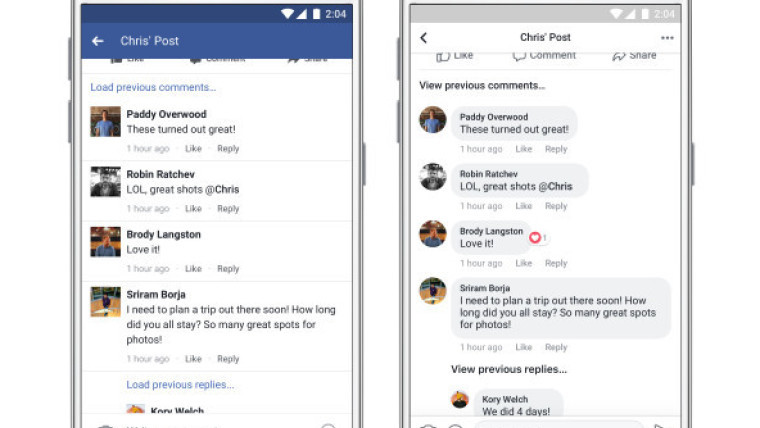 "
"
But for Apple itself, this approach can end badly: because of the update, advertisers have cut their budgets on its platform by a third. On the contrary, advertising on the Android platform immediately increased in price.
“Everyone plays on imaginary privacy,” says Artur Khachuyan. “Apple is actively promoting a ban on data tracking, and everything is going to the fact that they will launch their own targeting platform. They want to be the sole controller of their users' data, which is normal for a monopoly. When it comes to data protection, Apple does a much better job of it than Facebook, where there are leaks almost every month.”
Is it true that Facebook can influence elections?
Technically possible. You can see for yourself by creating a clean account, liking some posts and watching what content will be shown to you in the feed. For the purity of the experiment, you can do this from a new device with a clean browser history, and then compare with the old account. Recommendation algorithms shape the results so that for each event you will see posts that are relevant to your preferences, and you won’t even recognize other opinions. The same is true with Google searches.
Recommendation algorithms shape the results so that for each event you will see posts that are relevant to your preferences, and you won’t even recognize other opinions. The same is true with Google searches.
How Google changes search results for different users
“Remember how the Cambridge Analytics story developed. People were first shown tests on Facebook, then they collected answers linked to profiles. Then they showed posts with campaigning, the content of which was relevant to the answers in the tests. For example, the Mexicans were promised that everyone would be given green cards, and the Republicans were promised that all migrants would be expelled. Approximately the same thing happens with any acute social topic. A recent example is the parking scandal in New York,” reminds Artur Khachuyan.
During the pandemic, many New Yorkers stopped using public transportation, but began to take takeaway food and dine in their cars more often. At the same time, there are more trucks on the streets that deliver goods for delivery. As a result, the city experienced a traffic collapse due to a lack of parking spaces. A fierce debate began on the network about whether it is necessary to increase the number of parking lots and on which streets.
As a result, the city experienced a traffic collapse due to a lack of parking spaces. A fierce debate began on the network about whether it is necessary to increase the number of parking lots and on which streets.
How have public leak scandals affected Facebook policy?
In recent years, Facebook has changed its privacy policy to no longer show ads that target a specific person. The exception is certain certified advertising agencies and countries whose legislation allows it.
The social network has the most problems in the EU because of the GDPR (General Data Protection Regulation) and California because of their Personal Data Protection Act: they significantly restrict the collection and use of user data without their express consent. At the same time, Facebook's policy is fully consistent with international law in this area.
In Russia, the service is also not going smoothly. In July 2021, Roskomnadzor promised to draw up protocols on Facebook, WhatsApp and Twitter for the lack of localization of Russians' data in accordance with the law "On Personal Data".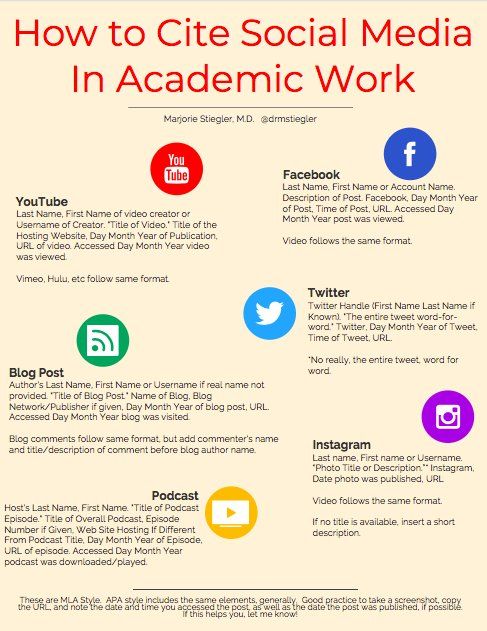 This requirement stipulates that the data of Russian users must be stored only on Russian servers. Companies who fail to comply face fines ranging from ₽1 million to ₽6 million. distribute advertising and collect personal data.
This requirement stipulates that the data of Russian users must be stored only on Russian servers. Companies who fail to comply face fines ranging from ₽1 million to ₽6 million. distribute advertising and collect personal data.
What can you do to protect your data on social networks?
Actually, not so much.
For Facebook ads
Go to the Facebook page and click on the drop-down arrow triangle in the upper right corner → Settings and privacy → Privacy check → Your advertising preferences. Go to the "Profile Information" section and move the slider to the left opposite each item: Position, Marital status, etc.
This won't get rid of ads, but it will prevent advertisers from accurately targeting you.
To track geolocation
Arrow → Settings and privacy → Settings. Next, in the menu on the left, select "Geodata" and click Off.
This will prevent Facebook from tracking your phone's location.
For data from third-party apps and websites
Arrow → Settings and privacy → Privacy check → Your Facebook data settings.

